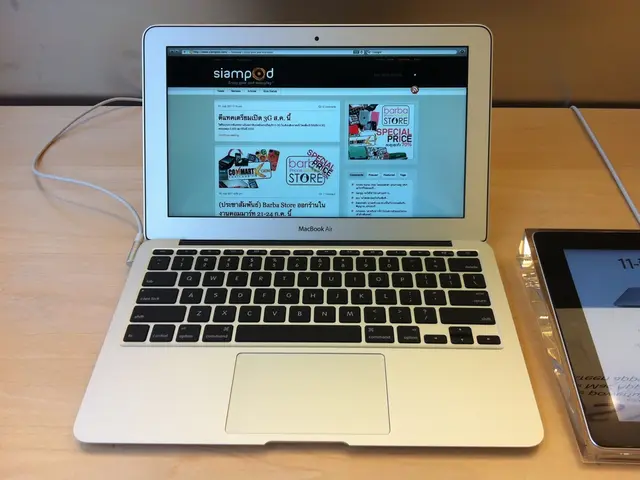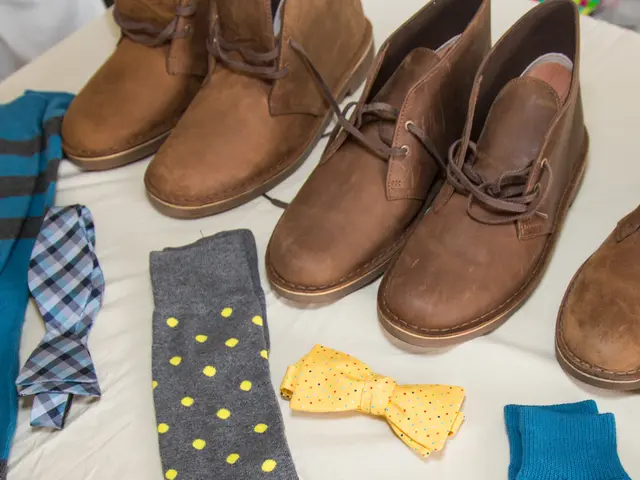Best Microphones for Capturing Vocal and Instrumental Performances
In the world of audio recording, selecting the right microphone is crucial for capturing the desired sound quality. Whether you're a seasoned professional or a home studio enthusiast, understanding the various microphone types and their applications can make all the difference.
Dynamic microphones, such as the Shure SM57 and SM58, are ideal for live performances and loud instruments like drums and electric guitars. These microphones are robust and can handle high sound pressure levels without distortion, making them a popular choice for live events.
On the other hand, condenser microphones, like the Neumann TLM 103 and Audio-Technica AT2020, are more sensitive and perfect for studio recordings. They excel at capturing subtle sounds, making them ideal for vocals, acoustic guitars, and other delicate instruments. Condenser microphones require external power to function properly, but their ability to pick up nuances in controlled environments makes them a go-to choice for many audio professionals.
For those venturing into podcasting or home recording setups, USB microphones like the Blue Yeti and Rode NT-USB are a convenient and effective solution. These microphones offer plug-and-play simplicity, eliminating the need for an audio interface.
XLR microphones, such as the Shure SM7B and Rode NT2-A, are the professionals' choice for high-quality sound. These microphones require an audio interface or mixer for conversion, but they offer better noise reduction and durability. Incorporating an audio interface can significantly enhance sound quality, providing enhanced sound quality and offering multiple input and output channels, phantom power, and gain control.
Polar patterns, or the directionality of microphones, also play a significant role in capturing sound. Cardioid microphones, like those commonly used in podcasting, focus on a single sound source while rejecting side noise, making them ideal for vocals and podcasting. Omnidirectional microphones capture sound from all directions, suitable for natural sound recordings with controlled ambient noise. Bidirectional microphones pick up sound from the front and back while rejecting side noise, useful for stereo recordings or capturing two sources.
Other microphone features, such as frequency response, pop filters, windscreens, shock mounts, and stands, help ensure clarity in recordings. Headphone monitoring is vital for any recording session, allowing real-time hearing of recordings and immediate detection of issues.
Understanding technical specifications like phantom power and noise rejection techniques can help make informed microphone choices. With a wide range of microphone brands available, such as Neumann, Shure, Audio-Technica, AKG, Rode, and Blue Yeti, each offering unique features suitable for various recording needs, finding the perfect microphone for your specific scenario has never been easier.
- A home studio setup often includes a condenser microphone, such as the Neumann TLM 103 or Audio-Technica AT2020, which are more sensitive and perfect for studio recordings.
- For individuals venturing into podcasting or home recording setups, USB microphones like the Blue Yeti or Rode NT-USB are a convenient and effective solution.
- The studio setup might also require an XLR microphone, such as the Shure SM7B or Rode NT2-A, which offer better noise reduction and durability but require an audio interface for conversion.
- A home recording can involve a guitar or piano, and the audio quality of these recordings can be significantly enhanced with the right microphone placement and selection.
- When it comes to microphone polar patterns, cardioid microphones, common in podcasting, focus on a single sound source while rejecting side noise, making them ideal for vocals and podcasting.
- Incorporating an audio interface can provide enhanced sound quality with features like multiple input and output channels, phantom power, and gain control.
- To ensure clarity in recordings, other microphone features like frequency response, pop filters, windscreens, shock mounts, and stands are essential, and headphone monitoring is vital for real-time hearings and immediate detection of issues.







